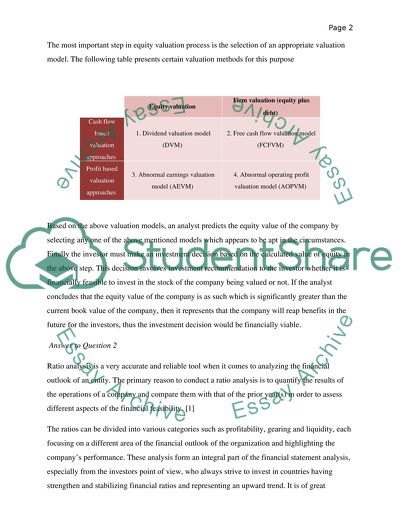Cite this document
(“Financial Analysis:Estimation of the equity value of the company Essay”, n.d.)
Retrieved from https://studentshare.org/finance-accounting/1397455-international-financial-reporting-and-analysis
Retrieved from https://studentshare.org/finance-accounting/1397455-international-financial-reporting-and-analysis
(Financial Analysis:Estimation of the Equity Value of the Company Essay)
https://studentshare.org/finance-accounting/1397455-international-financial-reporting-and-analysis.
https://studentshare.org/finance-accounting/1397455-international-financial-reporting-and-analysis.
“Financial Analysis:Estimation of the Equity Value of the Company Essay”, n.d. https://studentshare.org/finance-accounting/1397455-international-financial-reporting-and-analysis.


